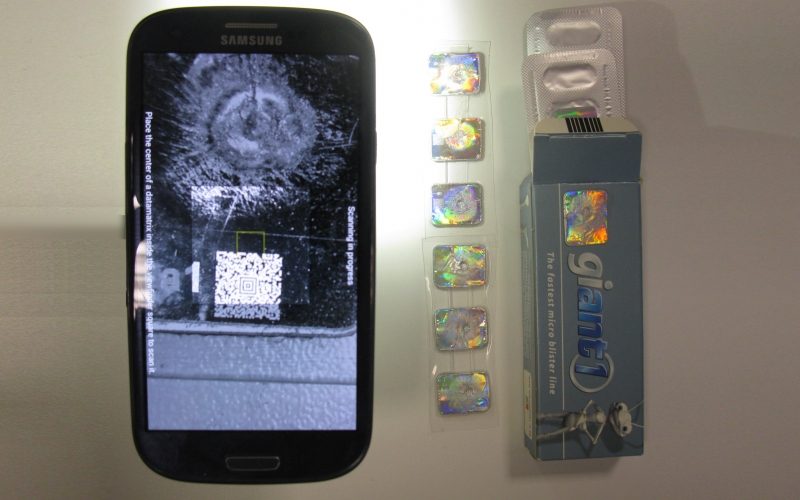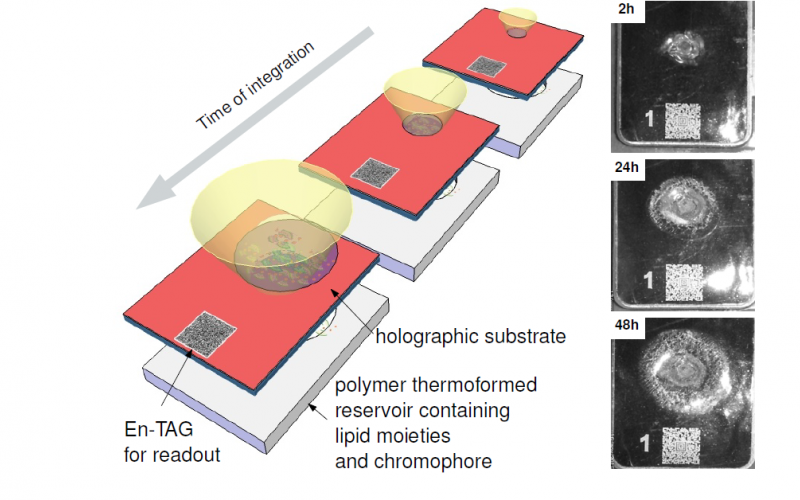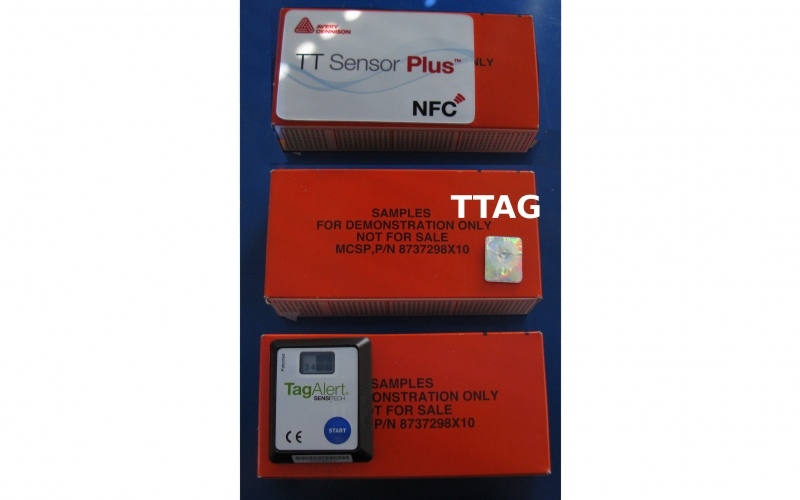Cloud-based simulation of the optical properties of dyes for the design of time-temperature integrators
The Challenge
The challenge faced by this experiment is to use HPC to simulate candidate dyes, based on molecular dynamics, to be used in the fabrication of innovative TTIs. Customization of temperature and time of integration is fundamental to optimize the data provided by the smart sensor and its integration into the production line, without slowing down the rates of production and distribution. This requires a multidisciplinary approach using molecular dynamics-based simulations of dyes in the fabrication of innovative TTIs. The aim is to reduce the time required for customisation of TTIs, lowering the overall cost of traceability systems proposed to manufacturers. The goal is to develop a new tool for cold chain logistics which enhances both packaging technology and the availability of relevant logistical data.
The Solution
The experiment has addressed the determination of the physical properties of dyes suitable for use in the productions of TTIs. A computational pipeline for the simulation of optical properties of dies in different environments has been set up. A cloud-based web portal has been developed, to manage the simulation of the optical properties of dyes. This portal has been specifically designed for a user with no expertise in simulation. The complexity of the simulation is hidden from the user, who needs only select the material of interest and the experimental conditions to be simulated. Default options are presented to help the user proceed through the steps in the simulation and, most importantly, to optimise the balance between computational cost and the reliability of the simulation.
The Benefits
Through the use of the advanced simulation package Scriba expects to see a saving of €90K per simulation in the first year of use, with further savings of €70K in subsequent years. This can be broken down as savings in personnel costs of €45K, in infrastructure costs of €10K, in material costs, including computing costs, of €25Kand optical readout and further development of €15K in the first year. Scriba estimates that it will be involved in ~ 6 simulations per year resulting in an annual saving of ~€400K.
CINECA expects to see an increase in HPC cycle sales due to the use of the simulation package. It also plans to use the success of this experiment to target SMEs in the European market having the need for high-fidelity chemical and molecular dynamics simulations needs. The target is to acquire two customers of this type per year in each of the following three years. UNIMORE and UNIVAQ expect to see an increase in their consultancy business as a result of this successful experiment. Both partners will be further involved in the enhancement of the software, operating as external consultants. The value of the external consultancy to the two domain experts is estimated to be ~€10K per year each. The number of potential users to run simulations explicitly for the development of temperature sensors is about 5 and for the design of optical (bio)sensors about 100.
Scriba will make available the developed virtual tool in the Fortissimo marketplace, subject to appropriate terms and conditions.
Companies Involved
End User: Scriba Nanotecnologie srl
HPC Expert and HPC Provider: CINECA
Domain Experts: UNIVAQ and UNIMORE




